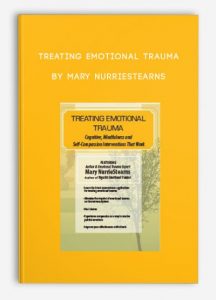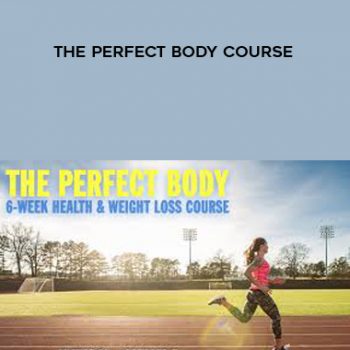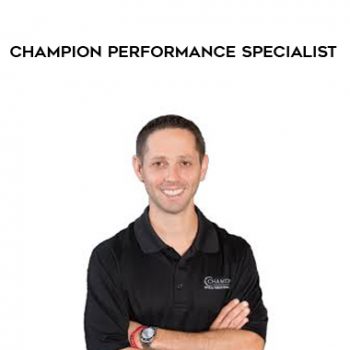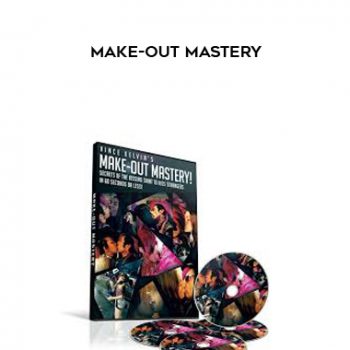 Treating Emotional Trauma: Mindfulness and Self-Compassion Interventions that Work by Mary NurrieStearns
Treating Emotional Trauma: Mindfulness and Self-Compassion Interventions that Work by Mary NurrieStearns
Description
Complete this recording for a highly practical, skill building workshop that will increase your understanding of emotional trauma, its lasting effects and how it is healed. You will learn to effectively utilize an approach that includes cognitive, mindfulness and compassion interventions. Take home the necessary tools and specific interventions to apply in your clinical work. This highly informational and experiential seminar incorporates a review of current research on emotional trauma and its treatment, clinical case examples and actual practice. You will return to your office with a whole new skill set to share with your clients.
Emotional maltreatment between family members as well as others is the most prevalent and damaging form of trauma. It occurs when the basic need for emotional support is withheld, personal safety is threatened, self-esteem is defiled, right of choice is denied and physical boundaries are violated. Experienced as being shamed, falsely blamed, ignored, betrayed, humiliated and violated, its effects are long lasting. Permeating body and mind, emotional trauma harms self-esteem and the abilities to emotionally bond, sooth distress, relax and learn. Thanks to the pioneering work of Bessel van der Kolk, Judith Hermann, Louis Cozolino and others, recognizing and treating emotional trauma (that occurs independent of and as an aspect of physical, sexual and other violent traumas that occur between people) is crucial for mental health care providers.
- Causes of emotional trauma
- Identify emotional trauma
- Long lasting effects of emotional trauma on relationships, self-esteem and emotional regulation.
- Neuroscience and physiology of emotional trauma
- The impact of mindfulness on the nervous system
- The impact of mindfulness on self-blame
- The impact of cognitive therapy on thoughts that perpetuate trauma
- “Naming” thoughts and emotions to detach
- Create mental space from negative thoughts
- Detach identity from shame producing thoughts
- Relate to, not reacting to trauma perpetuating thoughts
- Select life affirming thoughts to focus on
- Use of truthful statements, affirmations and mantras
- Treat the stain of shame
- Grounding in the body for emotional regulation
- Develop capacity to observe, not react
- Being with, the “pause” that diffuses reactivity
- Concentration on what heals
- Distraction from what harms
- Breath to sooth nervous system
- Case studies
- The impact of compassion on the brain
- The impact of compassion on painful emotions
- Accept moment-to-moment emotional experience
- Accept emotions as normal
- Relate to emotional reactivity
- Establish internal emotional safety
- Address shame with Metta compassion practice
- Treat self-blame with self-love practice
- Learn emotional regulation
- Befriend yourself after betrayals
- Learn self-acceptance after emotional trauma
- Move toward, not avoiding grief
- Case studies
More information about Medical:
Medicine is the science and practice of establishing the diagnosis, prognosis, treatment, and prevention of disease.
Medicine encompasses a variety of health care practices evolved to maintain and restore health by the prevention and treatment of illness.
Contemporary medicine applies biomedical sciences, biomedical research, genetics, and medical technology to diagnose, treat, and prevent injury and disease,
typically through pharmaceuticals or surgery, but also through therapies as diverse as psychotherapy, external splints and traction, medical devices, biologics, and ionizing radiation, amongst others.
Medicine has been around for thousands of years, during most of which it was an art (an area of skill and knowledge) frequently having connections to the religious and
philosophical beliefs of local culture. For example, a medicine man would apply herbs and say prayers for healing, or an ancient philosopher and physician would apply bloodletting according to the theories of humorism.
In recent centuries, since the advent of modern science, most medicine has become a combination of art and science (both basic and applied, under the umbrella of medical science).
While stitching technique for sutures is an art learned through practice, the knowledge of what happens at the cellular and molecular level in the tissues being stitched arises through science.













tristian –
This is Digital Download service, the course is available at Coursecui.com and Email download delivery.